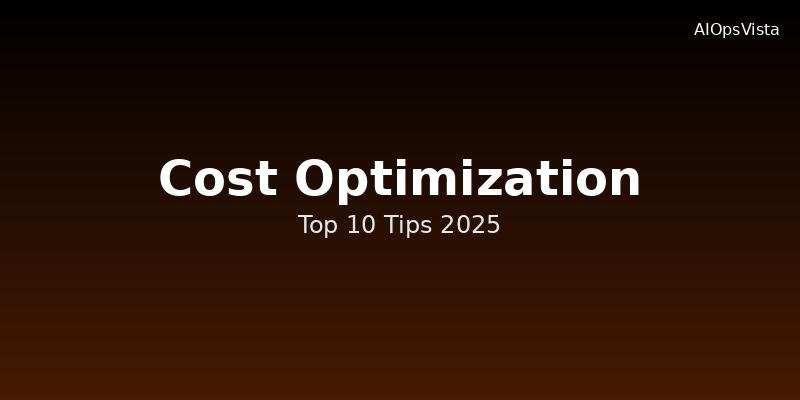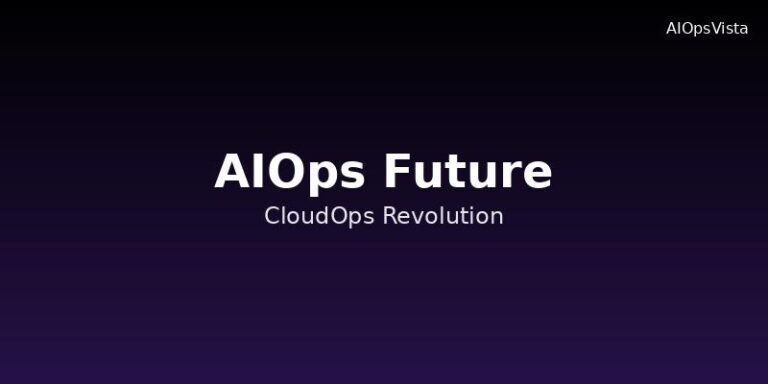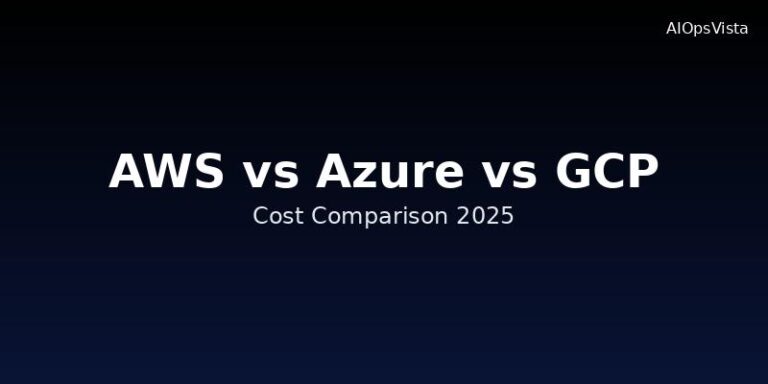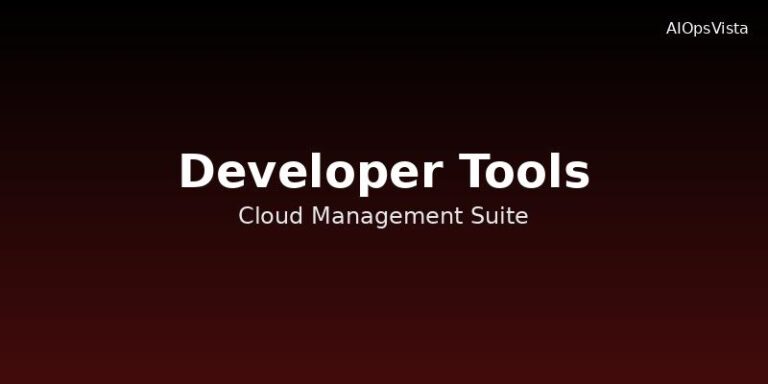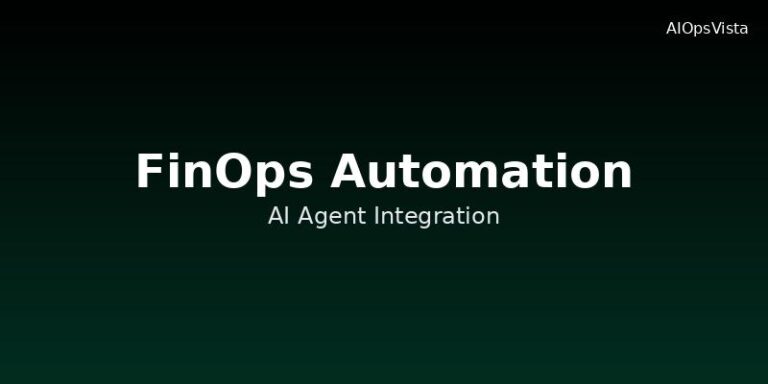Top 10 Cloud Cost Optimization Strategies for 2025
Top 10 Cloud Cost Optimization Strategies for 2025
As cloud spending continues to rise, organizations are increasingly focused on optimizing their cloud costs while maintaining performance and scalability. In 2025, with the growing adoption of multi-cloud and hybrid cloud strategies, cost optimization has become more critical than ever.
1. Rightsizing Instances and Resources
One of the most effective cost optimization strategies is ensuring that your cloud resources match your actual workload requirements. Many organizations over-provision resources, leading to unnecessary costs.
- Monitor resource utilization continuously using cloud monitoring tools
- Implement auto-scaling to adjust resources based on demand
- Use reserved instances for predictable workloads
- Consider spot instances for fault-tolerant workloads
2. Implement Intelligent Storage Tiering
Storage costs can account for up to 30% of total cloud spending. Implementing intelligent storage tiering can significantly reduce these costs.
Storage Tier Strategy
- Hot storage: Frequently accessed data (SSD, high-performance)
- Warm storage: Occasionally accessed data (HDD, standard performance)
- Cold storage: Rarely accessed data (object storage, low cost)
- Archive storage: Historical data (long-term retention, lowest cost)
3. Leverage Cloud Cost Management Tools
Modern cost management platforms provide deep insights into cloud spending patterns and optimization opportunities.
Recommended Tools:
- CloudHealth by VMware – Multi-cloud cost management
- AWS Cost Explorer – Native AWS cost analysis
- Azure Cost Management – Microsoft cloud optimization
- Google Cloud Billing – GCP cost monitoring
4. Optimize Data Transfer Costs
Data transfer between regions and out to the internet can be expensive. Understanding and optimizing data transfer patterns is crucial.
Cost Optimization Tips:
- Use CDN services to reduce data transfer costs
- Process data in the same region where it’s stored
- Implement data compression before transfer
- Use private networking within cloud provider networks
5. Implement FinOps Culture
Cloud cost optimization is not just a technical challenge—it’s also an organizational and cultural one. Implementing FinOps practices ensures ongoing cost optimization.
FinOps Best Practices:
- Cross-functional teams including finance, engineering, and operations
- Cost allocation by department, project, or application
- Regular cost reviews and optimization sessions
- Cost-aware development practices
6. Container Optimization
With the rise of Kubernetes and container orchestration, optimizing container workloads has become essential for cost control.
Container Cost Optimization:
- Right-size container resources (CPU and memory limits)
- Use multi-tenant clusters efficiently
- Implement pod auto-scaling based on resource usage
- Optimize base images to reduce storage and transfer costs
7. Database Optimization
Database instances often represent a significant portion of cloud costs. Optimizing database workloads can yield substantial savings.
Database Optimization Strategies:
- Use appropriate instance types for your workload patterns
- Implement read replicas for read-heavy workloads
- Consider serverless databases for variable workloads
- Optimize query performance to reduce compute costs
8. Network Cost Optimization
Network costs can accumulate quickly, especially in distributed applications and microservices architectures.
Network Optimization Techniques:
- Use VPC peering instead of public internet connections
- Implement network segmentation for security and cost control
- Optimize load balancer configurations
- Use direct connect for high-volume data transfer
9. Implement Governance and Policies
Preventing cost overruns through governance is more effective than reacting to them after they occur.
Governance Best Practices:
- Set spending limits and alerts
- Implement approval workflows for resource provisioning
- Use resource tags for cost allocation and tracking
- Regular audit and cleanup of unused resources
10. Continuous Monitoring and Automation
Cloud cost optimization is not a one-time activity. Continuous monitoring and automation are essential for sustained cost control.
Automation Strategies:
- Automated resource cleanup (unused instances, volumes, snapshots)
- Scheduled scaling based on predictable patterns
- Cost anomaly detection and alerting
- Automated rightsizing recommendations
Conclusion
Cloud cost optimization in 2025 requires a comprehensive approach that combines technology, processes, and culture. By implementing these 10 strategies, organizations can significantly reduce their cloud spending while maintaining performance and scalability.
Remember that cost optimization is an ongoing process. Regular monitoring, analysis, and adjustment are crucial for maintaining optimal cloud costs as your applications and infrastructure evolve.
This article was last updated on January 15, 2025. Cloud pricing and services may change, so always verify current pricing with your cloud provider.

